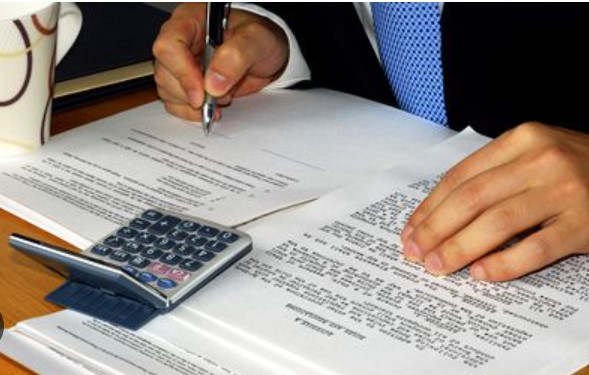Leasing, as a means of financing, has become increasingly popular for businesses in the USA. It provides companies with an alternative to outright purchase of assets, which often requires significant upfront cash outlay. One of the common forms of lease agreements is the finance lease, which effectively allows businesses to finance the use of an asset over a longer period. This article delves into how businesses can account for a finance lease under U.S. accounting standards and explores the potential benefits of proper finance lease accounting.
What is a Finance Lease?
Before diving into the mechanics of accounting for a finance lease, it’s crucial to understand what it is. A finance lease, also known as a capital lease, is a type of lease agreement where the lessee assumes substantially all the risks and rewards of ownership of the leased asset. This contrasts with an operating lease, where the lessor retains many of the risks and benefits of ownership.
Under Generally Accepted Accounting Principles (GAAP) in the U.S., a lease is classified as a finance lease if it meets one or more of the following criteria:
- The lease transfers ownership of the asset to the lessee by the end of the lease term.
- The lease contains a purchase option that the lessee is reasonably certain to exercise.
- The lease term is for the major part of the remaining economic life of the underlying asset.
- The present value of the lease payments equals or exceeds substantially all of the fair value of the underlying asset.
- The underlying asset is of such a specialized nature that it is expected to have no alternative use to the lessor at the end of the lease term.
Accounting for a Finance Lease
Lessee Accounting
From the lessee’s perspective, at the inception of a finance lease, an asset and a liability are recognized on the balance sheet. The asset, referred to as a “right-of-use” asset, represents the lessee’s right to use the leased asset over the lease term. The liability represents the obligation to make lease payments.
The right-of-use asset is initially measured at the present value of lease payments. Over the lease term, the lessee amortizes the right-of-use asset in a systematic manner, usually on a straight-line basis. The lease liability is reduced by the portion of the lease payments that represent repayment of principal, while the interest portion is recognized as an expense in the income statement.
Lessor Accounting
For the lessor, the leased asset remains on the balance sheet, and the lease payments are recognized as receivables. Over the lease term, the lessor recognizes finance income from the lease, representing a return on its net investment in the lease.
Benefits of Proper Finance Lease Accounting
Improved Financial Planning
Proper accounting for a finance lease allows businesses to have a more accurate picture of their financial position and performance. By recognizing the right-of-use asset and the lease liability, companies can better track their assets and liabilities. This improves financial planning and aids in decision-making, as companies can accurately gauge their capacity to take on additional debt or investment.
Enhanced Transparency
Correctly accounting for finance leases enhances transparency for stakeholders, including investors, creditors, and regulators. It gives them a clearer understanding of a company’s obligations and the assets at their disposal, enabling them to make informed decisions.
[Read More…]



